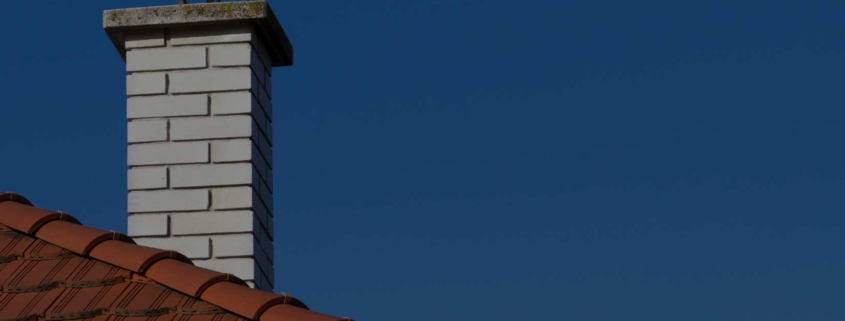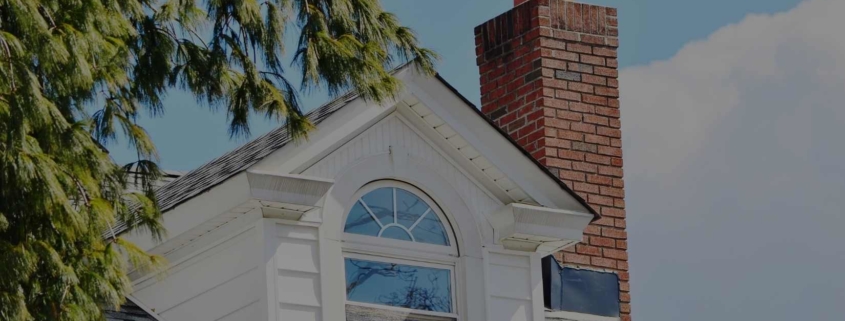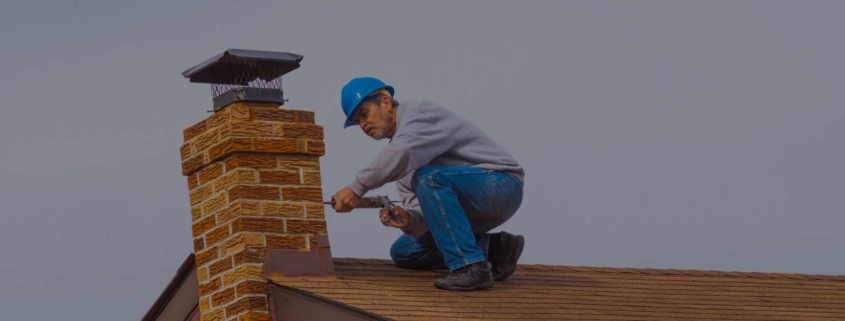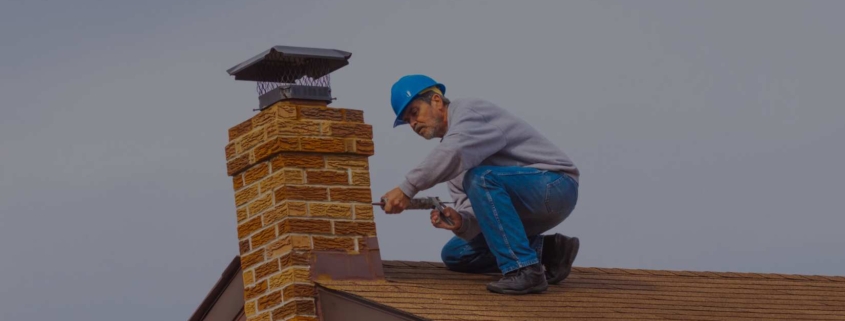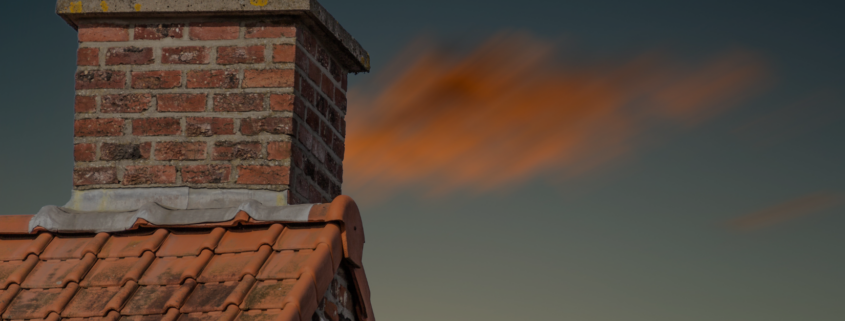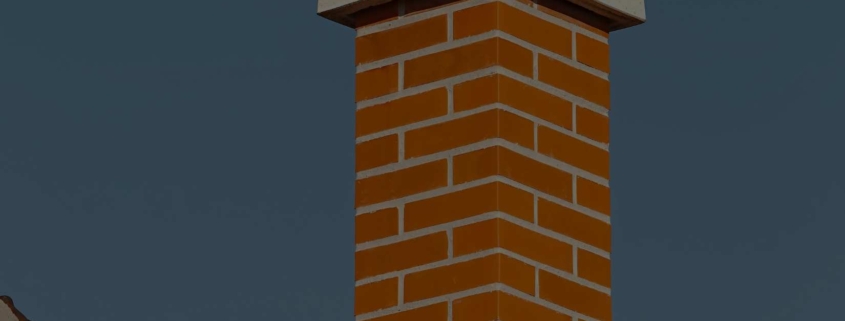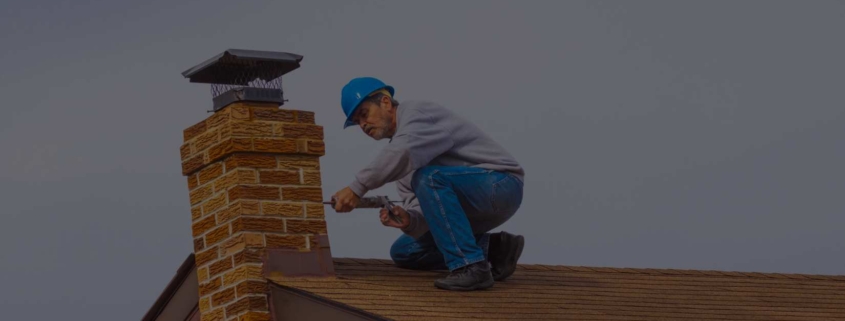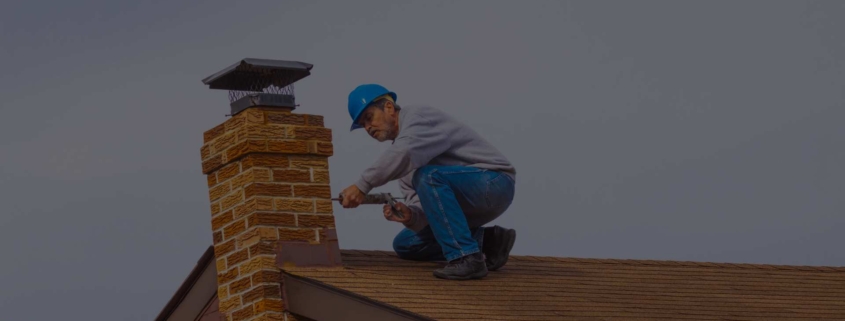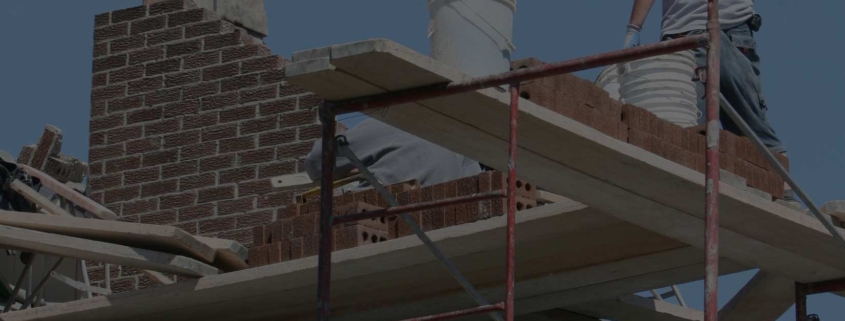A well-maintained chimney is key to keeping your home safe and warm. Many homeowners may overlook their chimneys, but paying attention to this important structure can save you from costly repairs later. Regular care and proper use of your chimney will ensure it works efficiently whenever you need it.
Chimneys face tough conditions year-round, from harsh winter weather to the intense heat generated by regular fires. Without proper maintenance, your chimney can become damaged, leading to potential problems like blockages, water leaks, or even dangerous fires. By understanding the basics of chimney care, you can keep your chimney in top shape and your home comfortable and safe.
Maintaining your chimney involves paying attention to a few critical tasks. From regular inspections to weatherproofing and proper usage, these essential steps will help prevent damage and extend the life of your chimney. Let’s explore each step in detail to help you care for your chimney effectively.
Regular Chimney Inspections: Identifying Early Signs of Damage
Frequent chimney inspections are crucial in maintaining a safe and efficient fireplace. It’s recommended to have your chimney inspected at least once a year, ideally before the start of the winter season. During these inspections, professionals look for various signs that indicate potential problems. By catching issues early, you can prevent more severe damage and costly repairs down the line.
Professionals check for a variety of factors, including the condition of the flue, checking for any obstructions that could hinder ventilation, and inspecting the chimney cap. They also look for creosote buildup, which is highly flammable and a common cause of chimney fires.
Additionally, they examine the structure for any signs of cracks or damage in the chimney’s masonry. Common signs of chimney damage to watch for include crumbling mortar, visible cracks, rust on the damper or firebox, and white staining known as efflorescence. Keeping an eye out for these indicators can help you know when it’s time to schedule an inspection.
Weatherproofing Your Chimney: Guarding Against Harsh Conditions
Weatherproofing your chimney is an essential step in protecting it from harsh weather conditions. Water is one of the biggest threats to a chimney, as it can seep into the bricks and mortar, causing extensive damage over time. Applying a waterproof sealant to your chimney can help prevent this. The sealant acts as a barrier, repelling water while allowing the masonry to breathe and expel moisture.
To apply chimney sealant, clean the surface thoroughly, removing all debris and soot. Once the chimney is clean and dry, use a brush or sprayer to apply an even coat of sealant. It’s best to perform this task during dry weather to ensure the sealant adheres properly. Besides using a sealant, consider adding a chimney cap to help keep rain, snow, and animals out. Chimney flashing is another important component that prevents water from entering where the chimney meets the roof. Inspect the flashing regularly and repair or replace it if needed. These steps can significantly extend the life of your chimney and help maintain its structural integrity.
Regular Chimney Inspections: Identifying Early Signs of Damage
Regular inspections are crucial to maintaining a safe and functional chimney. Experts recommend having your chimney inspected at least once a year, preferably before the winter season when it will be in use most frequently. During an inspection, professionals check for a variety of potential issues to ensure the chimney is in good condition.
One of the main things they look for is the buildup of creosote, a tar-like substance that can cause dangerous chimney fires. They also inspect the chimney liner to make sure it doesn’t have cracks or deterioration, which could leak hazardous gases into your home. Additionally, they check for loose or missing bricks and deteriorating mortar joints. Identifying these issues early can save you from costly repairs and ensure your chimney operates safely and efficiently.
Weatherproofing Your Chimney: Guarding Against Harsh Conditions
Weatherproofing is essential to protect your chimney from harsh conditions. Waterproofing prevents moisture from seeping into the brick and mortar, which can cause extensive damage over time. To waterproof your chimney, apply a chimney sealant designed to keep water out while allowing trapped moisture to escape.
Adding a chimney cap and flashing can further protect your chimney. A chimney cap prevents rain, snow, and debris from entering the chimney, while flashing seals the area where the chimney meets the roof, keeping water from leaking into your home. These simple steps can extend the life of your chimney and keep it functioning properly through all seasons.
Proper Chimney Use: Practices to Prevent Damage
Using your chimney correctly can prevent many issues. Always burn the right type of fuel; seasoned hardwoods are usually the best choice as they produce less creosote compared to softwoods. Avoid overloading your fireplace, as this can cause overheating, leading to damage in the chimney structure and liner.
Regular cleaning is also necessary to prevent soot and creosote buildup, which can lead to chimney fires. Make sure to clean out the ash from the fireplace regularly and schedule professional cleanings annually. Proper use and maintenance practices ensure a safer and more efficient chimney.
Chimney Maintenance: Routine Tasks to Keep Your Chimney Healthy
Routine maintenance tasks are essential for keeping your chimney in good health. Cleaning your chimney regularly is crucial to remove soot and creosote buildup that can cause fires. This can be done by using a chimney brush to scrub the walls of the flue or by hiring a professional to conduct a thorough cleaning.
Check and repair mortar joints as they can deteriorate over time due to exposure to weather conditions. Ensuring that the mortar is intact prevents structural instability. Additionally, remove any obstructions such as leaves, twigs, or nesting materials from the chimney to ensure clear ventilation. These routine tasks help maintain the safety and efficiency of your chimney.
Final Thoughts
Taking proper care of your chimney involves a combination of regular inspections, weatherproofing, mindful usage, and routine maintenance. By following these practices, you can ensure that your chimney functions safely and efficiently, providing warm and cozy fires for your home. Doing these tasks consistently helps prevent minor issues from becoming major problems, saving you time and money in the long run.
For comprehensive chimney inspections, maintenance, and expert repairs, contact Red Robin Masonry. Our skilled professionals are here to help you keep your chimney in top condition. Let us take care of your masonry needs so you can enjoy the comfort and safety of a well-maintained home.

